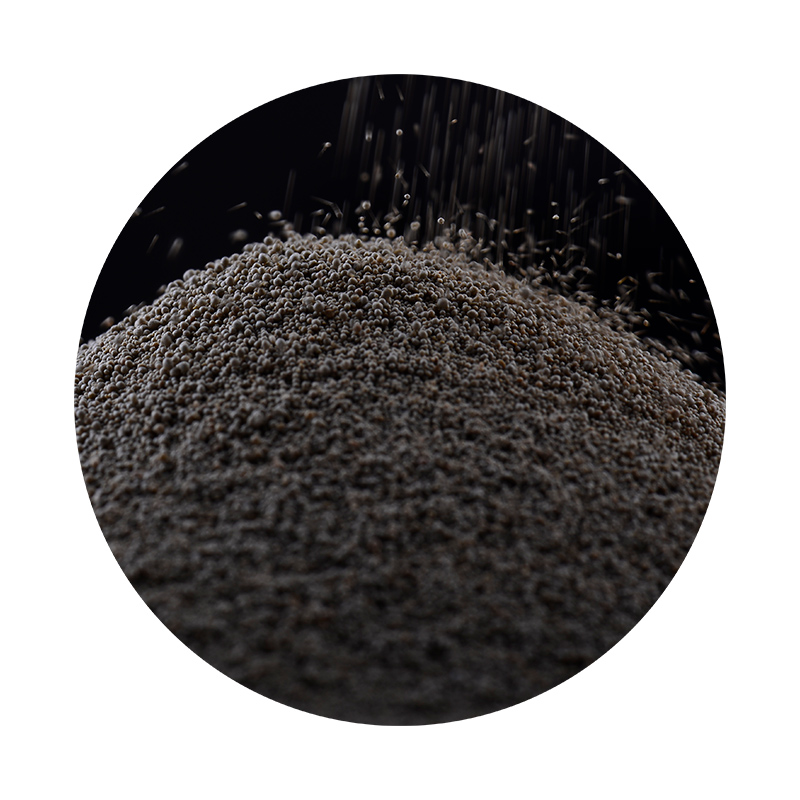

Trustworthiness of lost foam casting as a reliable manufacturing process is reinforced by its environmental benefits. Unlike traditional sand casting, lost foam casting uses unbonded sand, eliminating the need for chemical binders that can be harmful to the environment. The process itself generates minimal waste, as the foam pattern is vaporized during casting, and the sand can be recycled for future use. These sustainable practices not only ensure compliance with environmental regulations but also contribute to a company's green manufacturing goals. One practical example of lost foam casting's application is in the production of complex pump housings and valve bodies for fluid handling systems. These components often have intricate internal passages that are ideally suited for the lost foam technique. By utilizing this process, manufacturers can create optimized flow channels, which improve the system's efficiency and performance. Moreover, the ability to cast large, complex assemblies in a single operation reduces lead times and lowers production costs, providing a competitive edge in the market. In summary, lost foam casting stands out as an innovative and sustainable manufacturing method that supports the production of high-precision and complex metal components. Its benefits of reduced machining, environmental stewardship, and broad applicability across diverse industries illustrate why it remains a trusted choice among engineers and manufacturers worldwide. As industries continue to push the boundaries of design complexity and efficiency, lost foam casting will undoubtedly play a vital role in meeting these evolving challenges. Post time:2月 . 10, 2025 12:41
Next:Ceramic Sand for Lost Foam Casting
